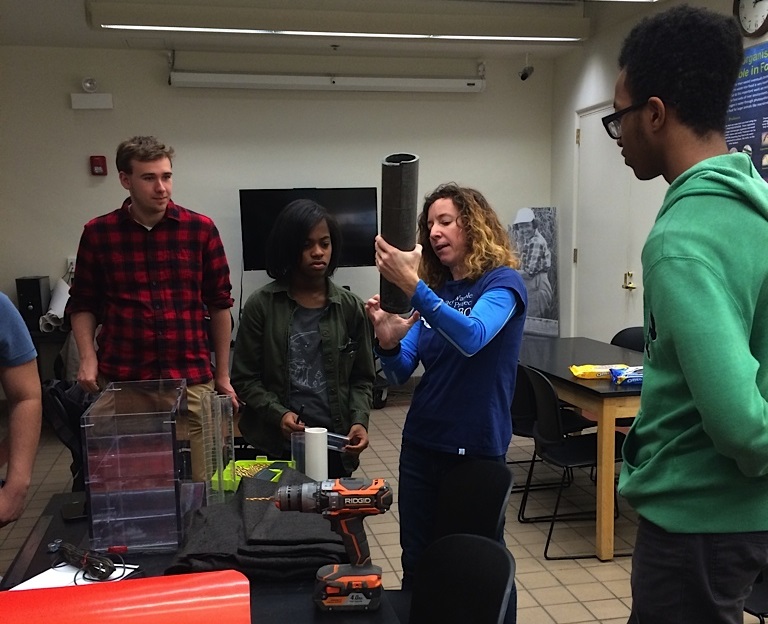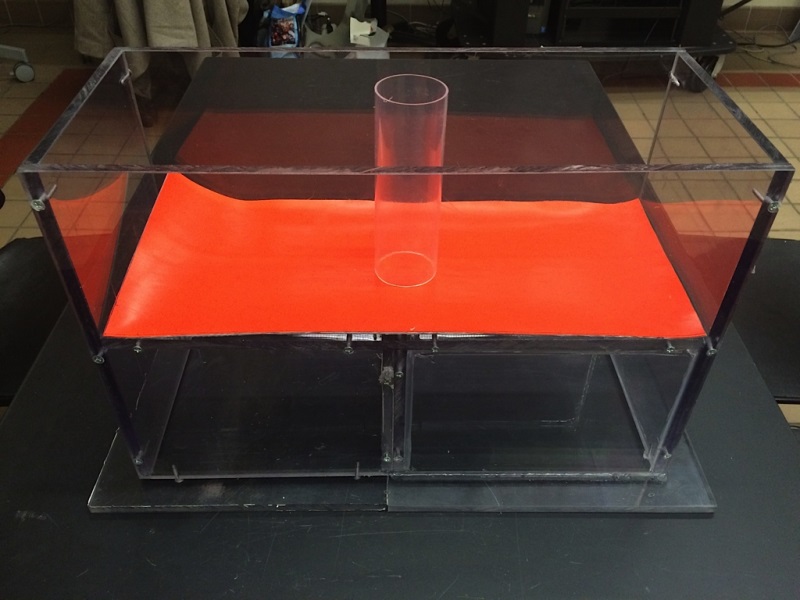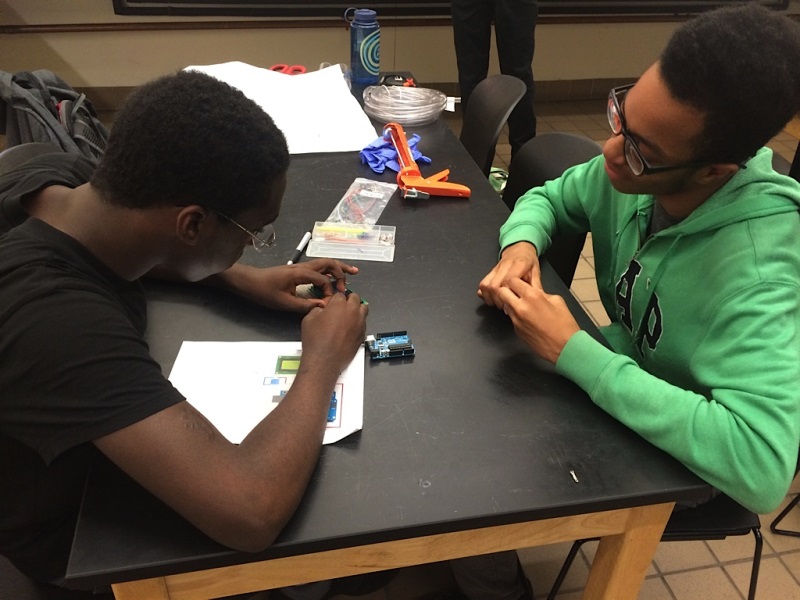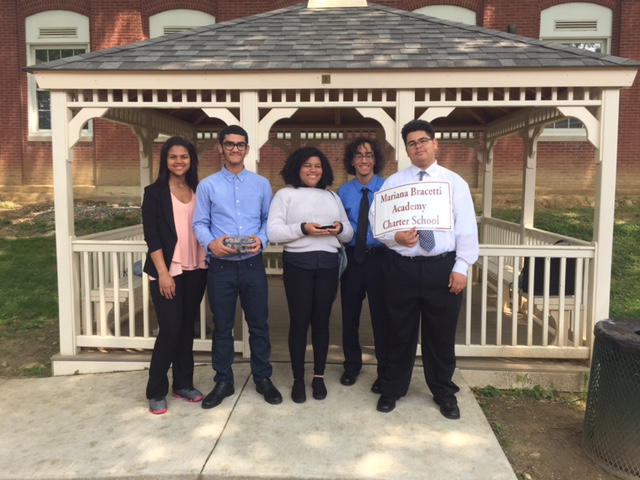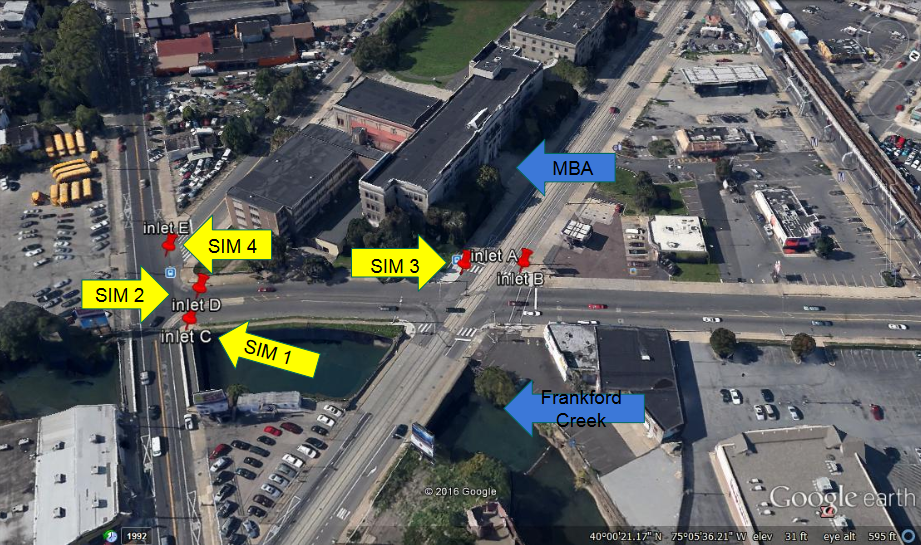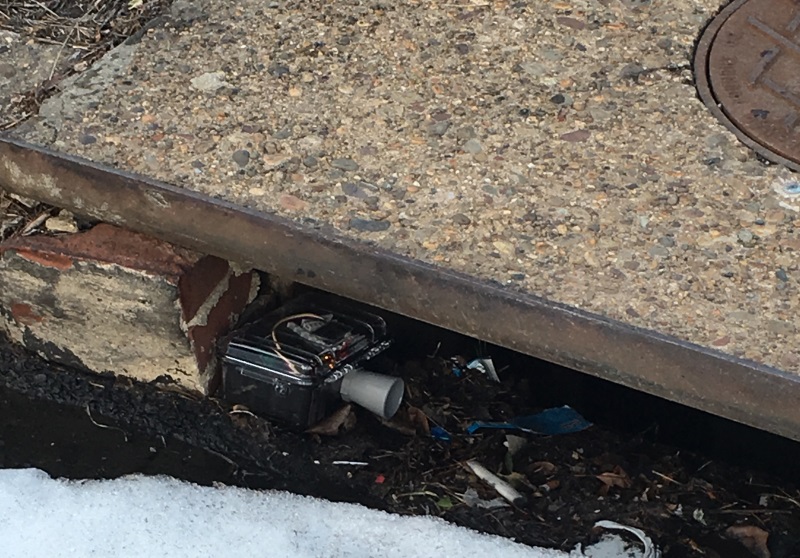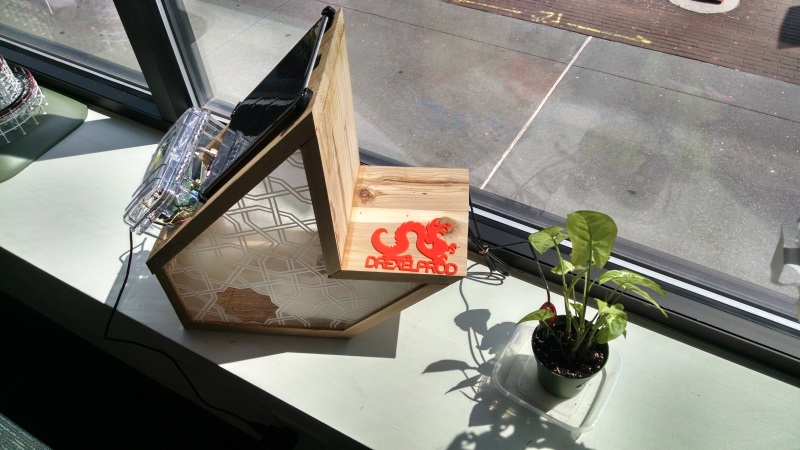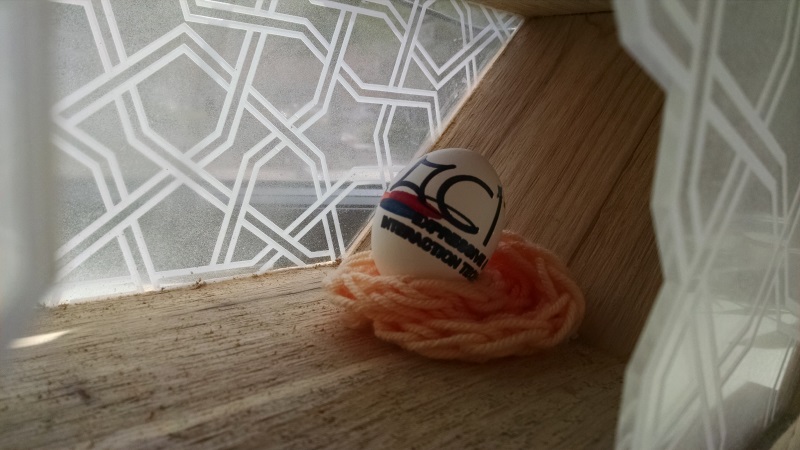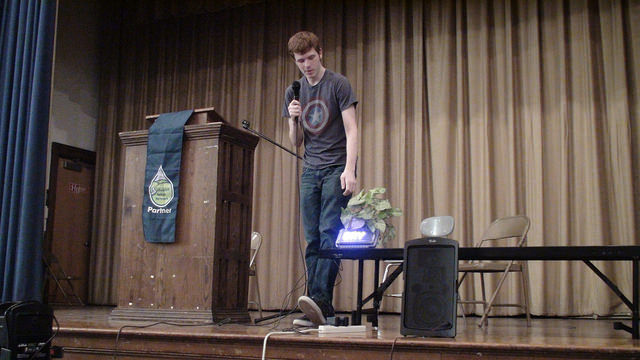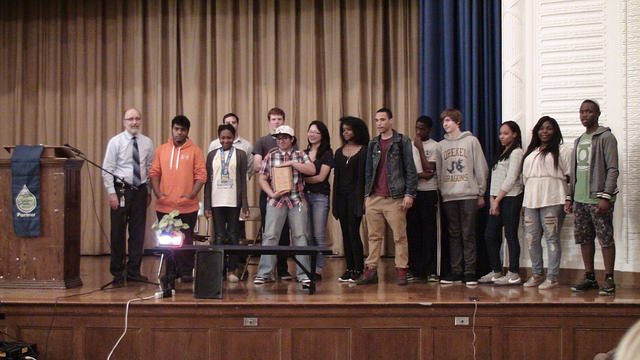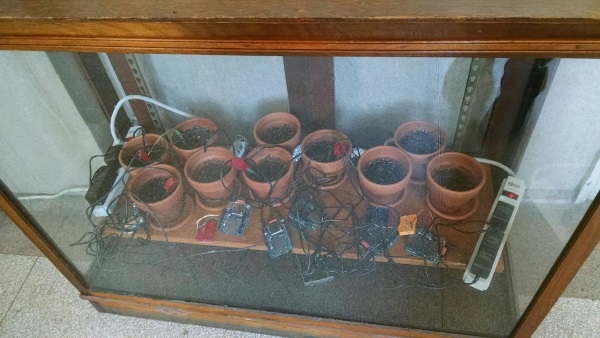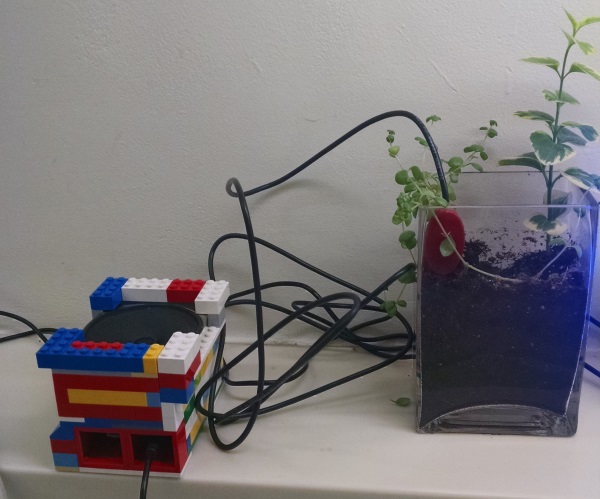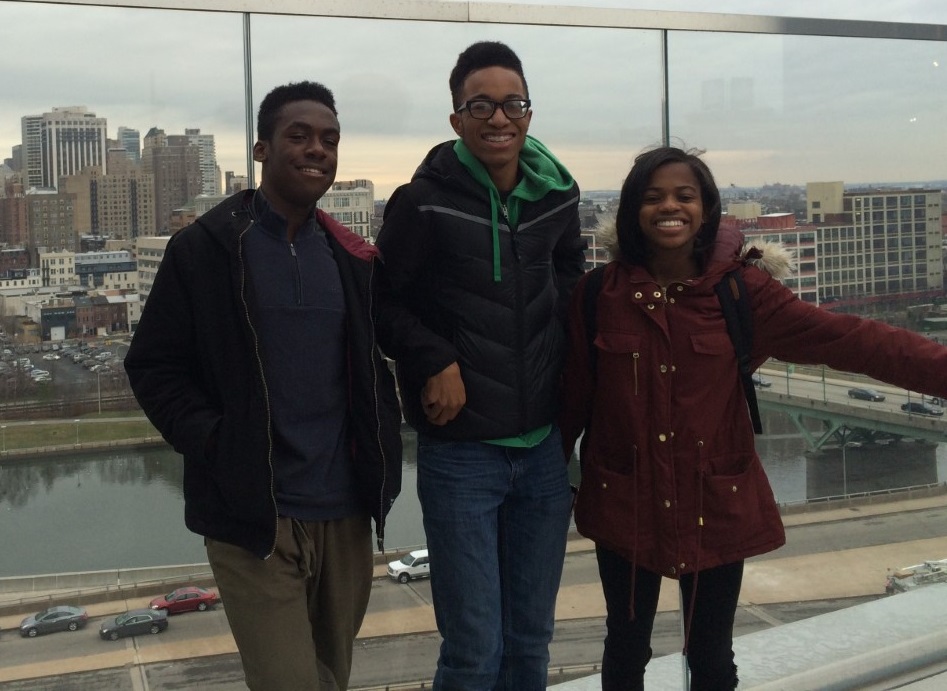
This spring, greenSTEM is delighted to have guest bloggers! We’re working with the Fairmount Water Works and high school students from SLA Beeber to create a smart green roof model using microcontrollers and sensors.
Fairmount Water Works is excited to partner with Matt Fritch and the Philadelphia Water Department to host four high school interns from Science Leadership Academy at Beeber. Chelby, Ashton, Tyheim and Terrance come to FWW weekly to meet with Matt, FWW educator Rachel O., and volunteer Billy K. We began the internship back in October, but we are just getting blogging now. Here are some observations from the past few months.
We began with tours of the Water Works and set some goals:
- “The Fairmount Water Works can help me with my goals in many ways. I have learned to be a better person thanks to this place, it helped to shape who I am. Also, when I go to college, I might study to be a doctor or scientist so this helps for that.” —Tyheim
- “FWW can help me meet different people and build connections.”—Chelby
We learned a bit about the history of FWW, walked around and learned about this historic place:
- “One cool thing I learned was that people used to drink water straight from the river….When people went in boats in the river they boated in canals so they wouldn’t crash into the dam.” —Chelby
- “There used to be seals here! And there used to be a pool area.” —Tyheim
Now it’s time to get to work. Matt is teaching us about Arduinos and how they are used to monitor different sites. Rachel is still trying to understand this, but she likes when Matt said that the Arduino is a really dumb computer. It can basically tell its sensor to do one thing: light on/light off, temperature readings, moisture, etc. We’ll be using our Arduinos to connect to sensors to monitor soil moisture. To water or NOT to water? That is the question.
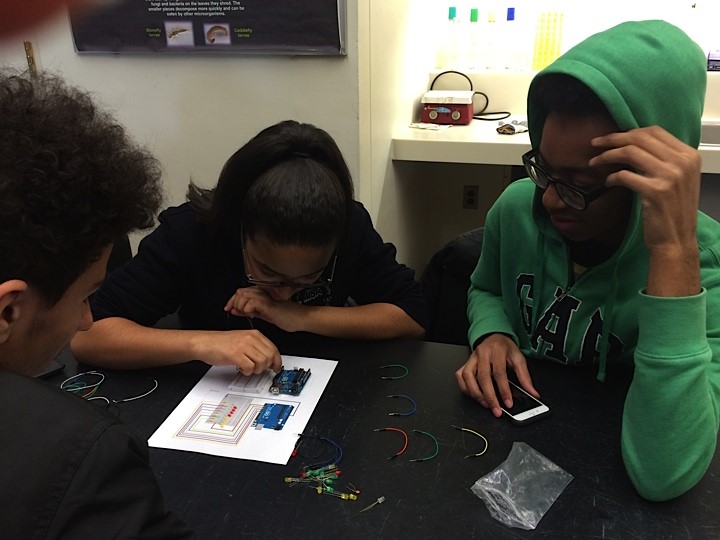
We started learning about Arduinos and how to set them up to do different things. We learned to solder the appropriate parts.
- “Today we learned a little about Arduino and what it does. We learned that the soil moisture sensor senses the amount of water in the ground. We will probably be using this for our green roof. We also learned about other things the arduino can do with sensors.” —Tyheim
*We met on January 18 at Cira Green to look at the green roof. Rachel learned that the roof is designed to hold 500 people DANCING! She is hoping to get invited to that party.
- “It’s really cool, but not at all what I expected. It is like a big park floating over the city. The views are fantastic. It cost $12 million to build.” —Chelby
- “During our trip to the green roof I learned that the soil is being held up by flattened milk crates. The rain water is held up in a tank that is used for such things as toilet water.” —Terrance
We now have to learn a bit more about how green roofs are constructed, so we spent a few days researching. We’ll be making a model that can sit on a tabletop. Sensors will be incorporated into this model so we can tell the water level in the model. We have been practicing coding to make this sensor work.
